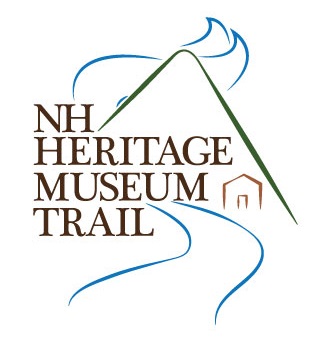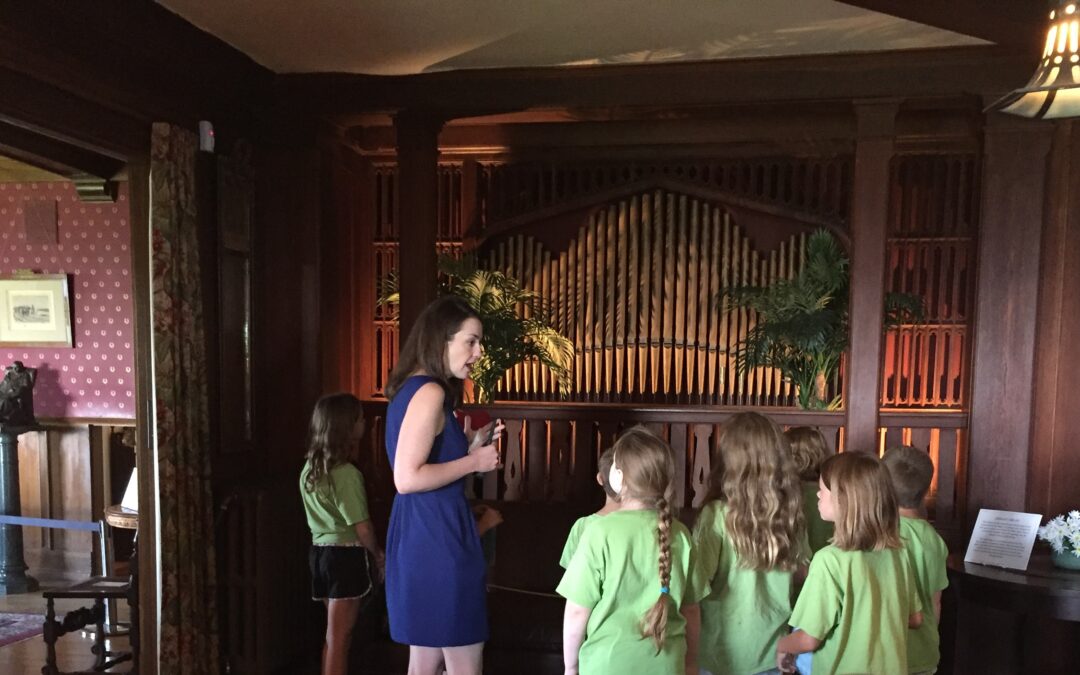Featuring 21 museums in New Hampshire’s Lakes Region, Merrimack Valley, and Seacoast, the New Hampshire Heritage Museum Trail is an educational destination for many secondary schools.
“Many of us have developed field trips for students of varying ages,” noted Jeff Barraclough, president of the New Hampshire Heritage Museum Trail and executive director of member institution Millyard Museum in Manchester. “If you want your child or student to learn about New Hampshire and its rich history, take a field trip to a member institution on The Trail.”
One such member institution is the American Independence Museum (Exeter, NH), which is revamping its on-site field trips for the 23/24 academic school year. Designed for 5th graders, the program is entitled, Multiple Perspectives: Patriots & Loyalists.
“It’s a 2-hour program that provides students and homeschoolers with insight into the unique perspectives of loyalists, patriots, and those who remained neutral,” said Sarah Jaworski, program manager at the American Independence Museum. “It’s aligned with national curriculum standards and provides a hands-on, inquiry-based learning experience.”
The intent behind Multiple Perspectives: Patriots & Loyalists, noted Jaworksi, is to help students recognize the “complex challenges” faced by people living in the colonies leading up to the Revolutionary War. “The hope is that students can connect what happened during Colonial times with present day life,” she said. “History has a tendency to repeat itself.”
At Castle in the Clouds (CITC) in Moultonborough, Debbi Finkelstein, director of Education & Partnerships, expressed enthusiasm for their field trips, available for the first time since 2019. Offered in full- and half-day formats, field trips include a guided tour of Lucknow Mansion and guided hike.
“We have workbooks for students to use throughout the mansion with questions and activities that provide them with a variety of interactive and critical thinking opportunities,” she said.
Questions that guide CITC’s field trip curriculum include: ‘How does technology influence your life on a daily basis’ and ‘What can land use and change tell you about the people who inhabited the land?’ “The lesson plan itself pairs social studies (history) with STEM topics, such as geology and technology,” added Finkelstein.
In reflecting on the educational experiences possible throughout The Trail, Barraclough said member institutions are an “underutilized resource in the state,” which is something he hopes can change. “We are actively working with schools to develop educational programs and field trips that complement the in-school learning experience,” he said. “We would love to work with more schools and educate even more students.”
To learn more about field trips at the American Independence Museum and Castle in the Clouds, visit independencemuseum.org and castleintheclouds.org, respectively.

